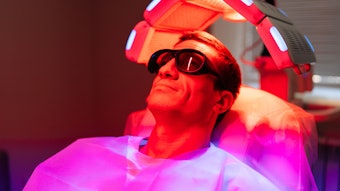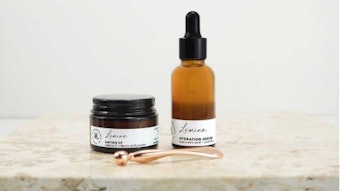So when you're out lounging in the sun this summer, working on that tan, remember that you're putting your body's largest organ at risk for cancer.
But preventing skin cancer can be as easy as limiting sun exposure between 10 a.m. and 2 p.m. and keeping a close eye on your skin for suspicious growths and moles. And recent research breakthroughs may aid treatment, particularly with melanoma, the most deadly form of skin cancer.
People rarely die from nonmelanoma skin cancer, which includes basal cell and squamous cell cancers. These malignancies claim the lives of about 2,800 Americans each year, compared with more than 1 million new cases diagnosed annually.
"Basal cell skin cancer is like a rust spot on a car door," said Dr. Ken Gross, a clinical professor of dermatology at the University of California, San Diego. "If you ignore it, it'll eat through that spot, but it will never reach the engine or the transmission."
Melanoma is a far more menacing threat. There are expected to be 62,190 new cases of melanoma diagnosed in the United States this year, and about 7,910 deaths from the cancer. Overall, the mortality rate for the disease has increased by 50 percent since the 1970s, according to the American Cancer Society.
However, new research could help treat, and perhaps prevent, melanoma. In a study published in the November issue of the New England Journal of Medicine, researchers found that there are at least several distinct types of melanoma, each potentially responding to its own individual treatment.
"It's very clear the landscape is changing because more and more genetic abnormalities are being found, and there are targeted therapies available for some of them," said study author Dr. Boris Bastian, an assistant professor of dermatology and pathology at the University of California, San Francisco.
Bastian found that there are differences between melanomas arising from skin on different parts of the body: chronically sun-damaged skin, skin without sun damage, skin rarely exposed to the sun, and mucous membranes.
"Therapies may only work for specific genetic abnormalities," Bastian said. "We're going to see, like in other cancer types, a breakup of the disease for treatment."
People at greatest risk for skin cancer are those who spend a lot of time in the sun and have fair skin. "We know that sunburn and chronic sun exposures bump up the risk of skin cancer," Gross said.
Family history also plays a part in determining whether you're apt to get skin cancer, he added. People with relatives who have contracted skin cancer should pay closer attention to abnormalities on their skin.
"Things that might be a little suspicious on someone else might be quite suspicious on you, and you might want to worry a little more," Gross said.
People with freckles or moles are at increased risk of melanoma, so they should inspect their moles often and keep track of any changes in them. You also should note any changes in your skin, including odd sores, lumps, blemishes or markings.
"Pay attention for the ugly duckling, the mole that doesn't fit in, the mole that has changed," Bastian said.
Once you've found a skin lesion or mole that gives you pause, you should go to a dermatologist as soon as possible to have it looked at, Gross said.
He recommends a dermatologist over your family physician because the specialist knows more about the different types of skin blemishes and cancers and can make a more informed diagnosis.
"Most patients come in saying, 'I've got a mole, and it's changing, that makes me suspicious. I want it biopsied,' " Gross said.
People might want to consider having regular skin screenings, particularly as they get older, he said. That way, doctors can track the progress of various blemishes and moles and note any suspicious changes.
Even if a growth has been removed, Gross recommends paying close attention to the place it came from. It could recur without warning.
"The most important thing you can remember is just because I say something is alright, that doesn't make it so," Gross said.
Gross said people who want to avoid skin cancer need only use common sense.
"When we go out, we wear a brimmed hat and long sleeves," he said. "I don't sunbathe, and I stay as far away from indoor tanning beds as possible."
Sunscreens can be useful, but are not a solution you should count on, Bastian said.
"Usually, people don't put on enough sunscreen," he said. "My recommendation is not to rely on sunscreens, but to avoid the sun during peak hours."
HealthDay News, June 16. 2006










